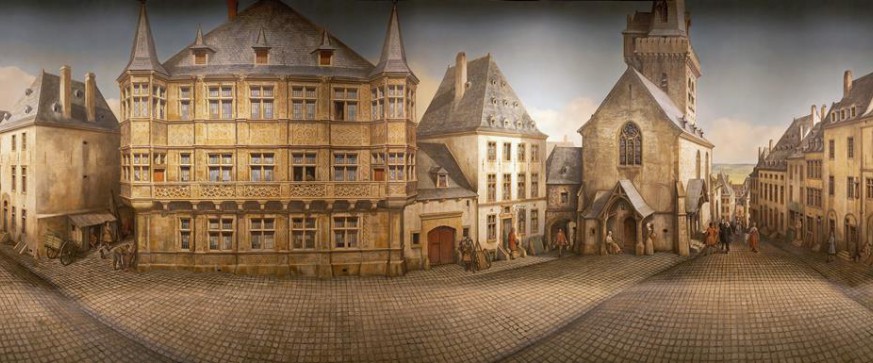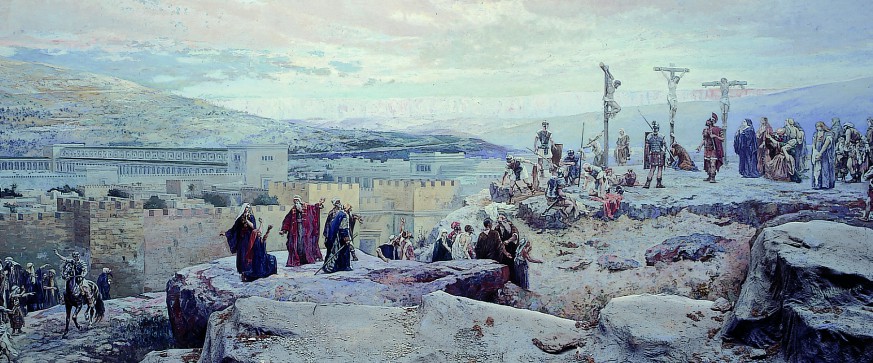The moving panorama was a relative, more in concept than design, to panoramic painting. However, these paintings were not true panoramas, but rather contiguous views of passing scenery, as if seen from a boat or a train window. Installed on immense spools, they were scrolled past the audience behind a cut-out drop-scene or proscenium which hid the mechanism from public view. Unlike panoramic painting, the moving panorama almost always had a narrator, styled as its "Delineator" or "Professor", who described the scenes as they passed and added to the drama of the events depicted. In the mid-nineteenth century, the moving panorama was among the most popular forms of entertainment in the world, with hundreds of panoramas constantly on tour in the United Kingdom, the United States, Australia and many European countries.
Moving panoramas were often seen in Melodramatic plays. It became a new visual element to theatre and helped incorporate a more realistic quality. Not only was it a special effect on stage, but it also served as an ancestor and platform to early cinema.

.jpg)

.jpg)
.jpg)
.jpg)
.jpg)


.jpg)
.jpg)






.jpg)
